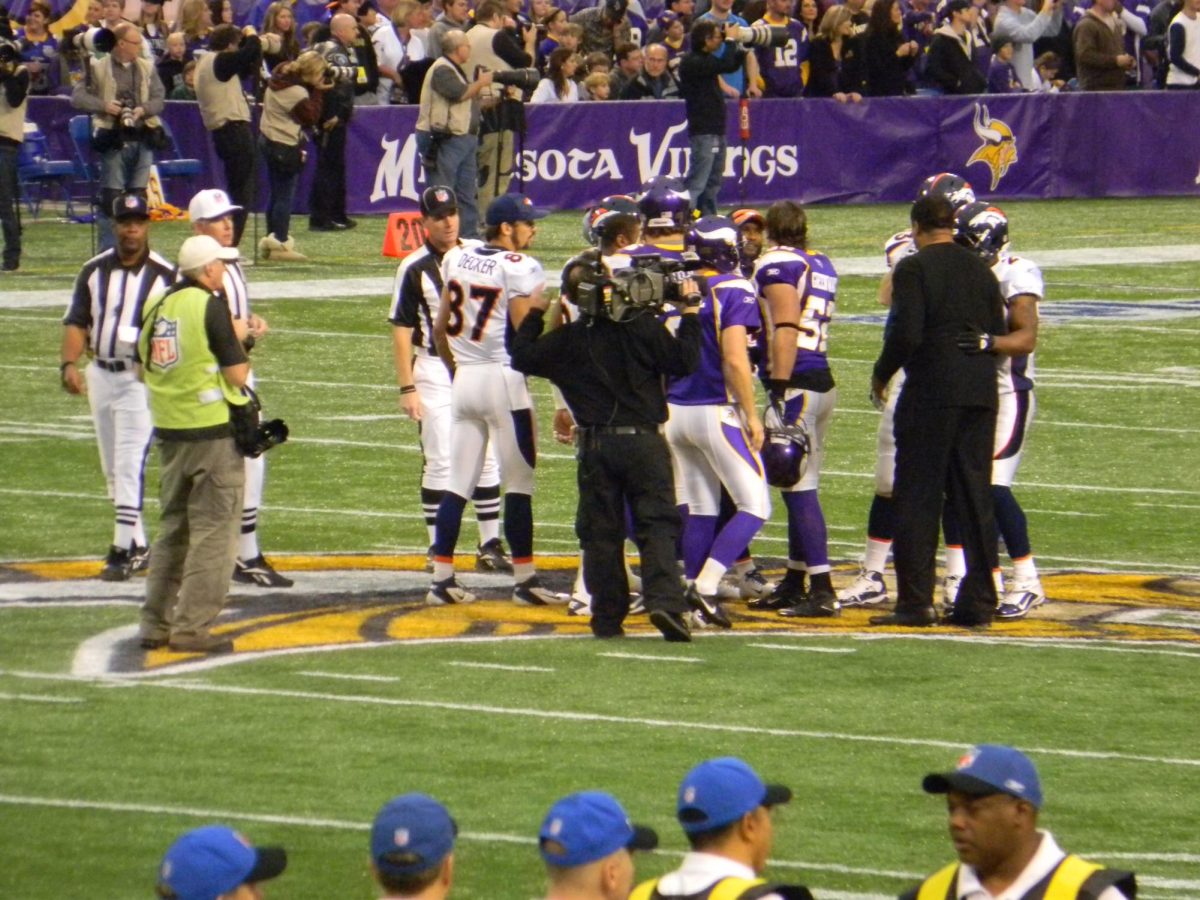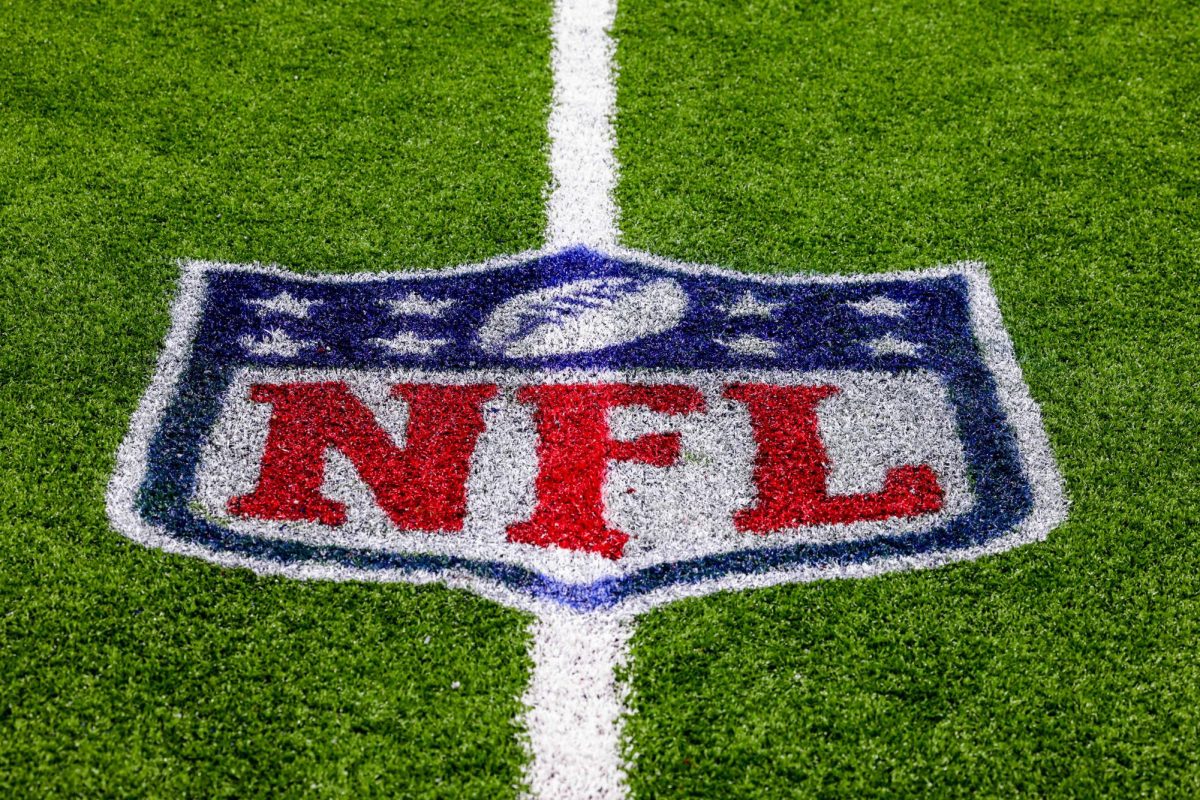Paying college athletes for the tenacity they pour into their craft is certainly a just decision. It will balance the lopsided relationship athletes have with coaches and the schools they play for in terms of revenue.
There was a time when paying college athletes seemed like a ludicrous thought. Surely a full-ride scholarship to college is compensation enough, right?
Many athletes around the world have a story to tell and come from different backgrounds.
Many were raised in bad neighborhoods while others had the high road and were blessed with fortunate households.
When viewing an athlete’s background, one starts to wonder if he has the financial stability to maintain a place in college.
What sparked a change in mindset for individuals across the country was an increasing income that was coming in for the college athletic programs and coaches.
It’s no secret that the colleges themselves make millions of money from these athletes.
Colleges make millions of dollars from student athletes while the athletes kill themselves juggling around school and practice.
One may argue that scholarships are compensation enough, but rarely do scholarships cover the full range of costs that come with being in college.
Tuition, books, fees, food and utilities and necessities that are attached to being a college student are among the things athletes have to be aware of and responsible for obtaining.
“Get a job,” you might say.
Well, there simply is no time for a job when one is attending classes, studying for these courses, spending hours of time practicing a respective sport and then competing in games.
Being a student-athlete requires rigorous commitment and discipline.
The amount of money a superstar athlete brings to his school far outweighs the value his scholarship bring.
The NCAA has billion dollar deals with television networks. Ticket sales go through the roof in order to see one’s respective team and marketing for a particular athlete is far too common.
The athletes are certainly getting the short end of the stick when compared to what the colleges are getting.
Take the University of Michigan’s “Fab Five” for instance.
Dr. Boyce Watkins from AOL Blackvoices weighed in on the “Fab Five’s” collegiate situation.
“When these five young men stepped onto the court for the University of Michigan, they instantly became cash cows for their universities. Sales (for the) University of Michigan(‘s) merchandise went from $1.5 million per year to over $10 million per year shortly after their first season.
“Jalen Rose, one of the members of the Fab Five, mentioned seeing that Nike had released a sneaker named after the group, and they regularly found their academic schedules being interrupted with trips around the world to promote a brand that was making everyone rich except for their own families.”
Although largely fortunate to receive the opportunity to play for a college through a scholarship, it is also unjustifiable to not see some sort of overhaul in a lack of compensation for these athletes.
Certainly, it would be accompanied with some complications, but a well-balanced system of payment for collegiate athletes should absolutely be established.









